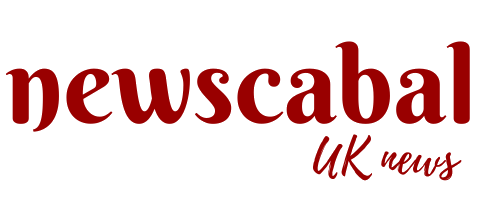The documentary photographer John Chillingworth, who has died aged 97, was one of the stable of famous photographic names who worked for the pioneering weekly magazine Picture Post in the 1940s and 50s. Picture Post’s unique characteristic was that it was accessible to all, but did not patronise the ordinary people whose lives were reflected in its pages.
The magazine documented the postwar social change that resulted from the Beveridge report of 1942. Among other examples, Chillingworth contributed images of a social worker in Nelson, Lancashire, in 1954, showing her engaged in the delicate task of combing out the newly washed hair of an elderly woman seated at the kitchen table. As if in contrast, he followed up with a feature on elegant fashion models in Paris and London. A picture of the Leigh rugby player “Nebby” Cleworth at work as a labourer on a weekday between games celebrated the dignity of labour rather than the glamour of winning a match.
Chillingworth delighted in a sense of place and character, encountering the specific in the general, and local identity in a capital city. He developed a naturalistic style, and was able to pass unnoticed on assignment. Elements of the past often entered his photo stories, however contemporary. Jewish Whitechapel (1952) shows a news agency, its windows boarded and broken and an ad for the Jewish Evening News painted on the frontage, too high to deface. Nearby is a Jewish tailor’s shop beside a large advert for a local theatre company, its text in Hebrew, offering the real sense of a distinct London community.
Although he worked at Picture Post for only a short time – around nine years, on and off – it was an important period for Chillingworth. During the 1990s, when he regularly visited the Centre for Journalism Studies at Cardiff University, where I was working at the time, his conversation remained very much focused on his time at Picture Post and its “family” of photojournalists.
Born in the working-class district of Upper Holloway, north London, Chillingworth shared and understood the background of many of his subjects. His father, John, was an official with the National Union of Journalists. His mother, Georgina (nee Winterbourn, and known as “Mabs”), was a housewife. The eldest of four children, John attended St Mary’s Church of England primary school in Hornsey, then St David and St Catherine’s secondary, which he left, like many of his peers, aged 15.
Although he scarcely knew what the job would involve, he signed up soon afterwards as Picture Post’s tea maker. On finding the darkroom more interesting than the office kitchen, he began spending his spare time learning and assimilating all he could.
Picture Post photographers generally brought their camera films to be developed in the office. Alongside and observing the likes of Bill Brandt, Thurston Hopkins, Merlyn Severn and Bert Hardy, and a growing influx of émigré photographers including Gerti Deutsch, Felix Man (Baumann) and Kurt Hutton (Hübschmann), Chillingworth was an eager and adept tutee. Hutton in particular took Chillingworth under his wing, encouraging him to experiment with a camera, and remaining a lasting friend and mentor. Through Hutton, Chillingworth acquired the skill of passing unobserved in a crowd. Like him, he transitioned to becoming a staffer rather than an occasional contributor.
According to the author and publisher Dewi Lewis in his monograph John Chillingworth: Picture Post Photographer (2013): “He was soon producing a vast range of photo stories of a very high quality. Encouraged by Picture Post’s legendary editor Tom Hopkinson, Chillingworth learned to combine “storytelling” images with the written word, and worked with some of the finest magazine journalists of the age.
Having been too young to serve during the second world war, in 1946 he undertook national service with the Royal Engineers, returning to Picture Post’s office in Holborn in 1949. He left only a year before its demise in 1957.
A picture taken of Chillingworth by Dan Farson on a beach in 1956 shows him clad only in shorts under a burning sun. All Chillingworth is wearing above the waist are a pair of cameras: a Leica strung around his neck and a Rolleiflex around his midriff. It is a fine example of Hutton’s advice taken to heart: a high-speed Leica for shots taken of moving or changing subjects; a weightier Rollei to capture a portrait, pose or perspective taken with careful preparation.
On leaving Picture Post, he continued his photographic career as a freelance. He established his own business and freelanced abroad, in locations from Japan and Laos to Siberia and India, on commissions for the press as well as major industrial and advertising clients. Later he became visual communication partner in an advertising consultancy, and a marketing consultant for the Hulton picture archive (now incorporated into Getty Images), which holds images for more than 400 of the picture stories featured in Picture Post.
In 1989 a selection of Chillingworth’s work was exhibited in 150 Years of Photography at the National Science and Media Museum in Bradford. In the same year he was made an honorary fellow of the Royal Photographic Society, described as “one of the makers of photographic history”.
He is survived by his third wife, Ros (nee Taylor), whom he married in 1987, four children from two earlier marriages, and his sister, Ann.
